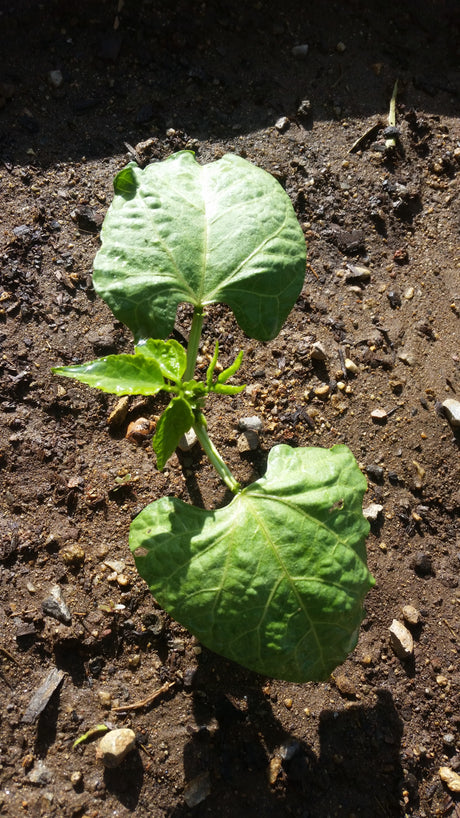
Day 14: Let's talk About Poop
Sometimes it's fun talking about poop. Seriously, just saying Poop makes some people laugh. Thank you for joining us for day 14 of our series Grow Your Own Food in...
Mary Smith |
Welcome to our store Learn more

Sometimes it's fun talking about poop. Seriously, just saying Poop makes some people laugh. Thank you for joining us for day 14 of our series Grow Your Own Food in...
Mary Smith |
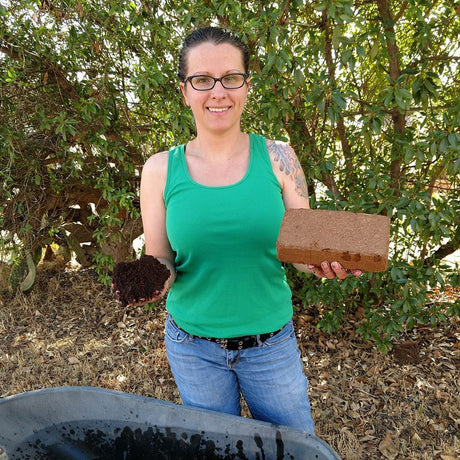
Unfortunately, We were not able to post yesterday so today we're sharing our Coconut Coir info for day 10 & 11. Thank you for joining us for another post in...
Mary Smith |
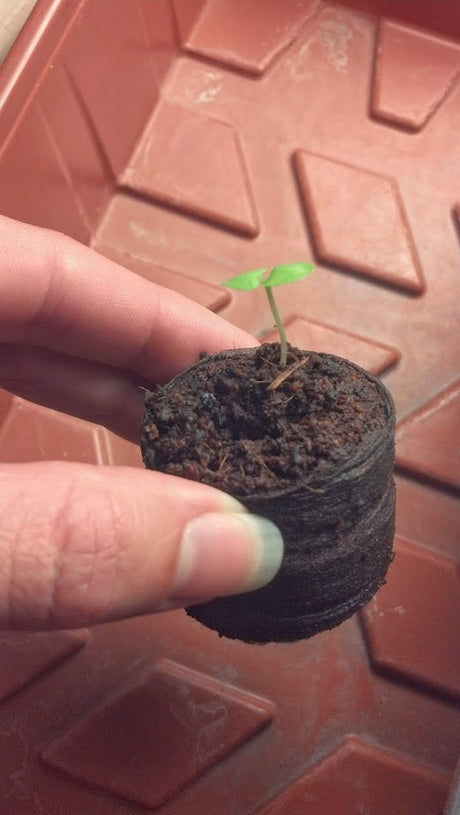
We've shared about Using Coconut Coir in the Garden here in several articles but we've had quite a bit of questions. Today we're going a bit more in-depth. First,...
Mary Smith |
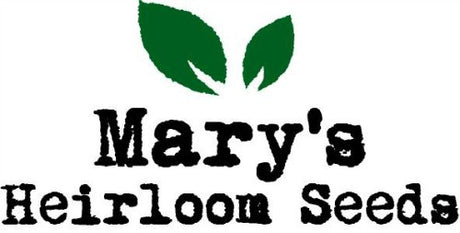
Thank you for joining us at Mary's Heirloom Seeds for another educational article about Growing Food! Do you have plants that look sickly or would you like to avoid sickly...
Mary Smith |
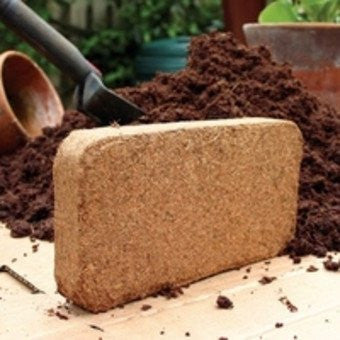
From Mary's Heirloom Seeds, COCONUT COIR BRICKS Coconut coir growing medium comes from the coconut's fibrous husk (known as coir) that is bound together by lignin (known as pith). After...
Mary Smith |
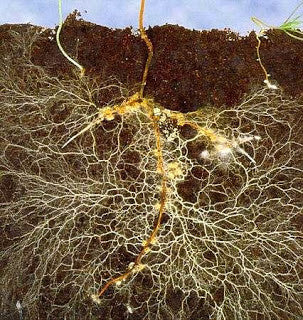
We recently added Endo & Ecto Mycorrhizae Root Boost at Mary's Heirloom Seeds. Almost immediately I had an email from a customer asking "What the heck is Ecto Myco??" First,...
Mary Smith |
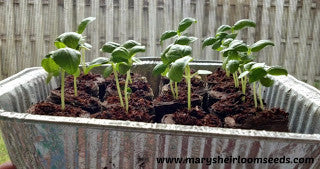
These little pellets are AMAZING!!! Check out MY results using Coconut Coir pellets. Step 1: Take out your Coconut Coir Pellets. I like to use a large tray Step 2:...
Mary Smith |
In case you're just finding us, new to our page or missed our previous articles, lately we've been talking about SOIL. We started with The Importance of Living Soil,...
Mary Smith |
I mentioned in my last article The Importance of Living Soil that I've been reading more and more about soil and soil organisms. I've known about Mycorrhizae for a long...
Mary Smith |
Every day is a new opportunity to learn and grow. Lately I have been fascinated with Soil and all of the living organisms found in the garden. Here's what I've...
Mary Smith |